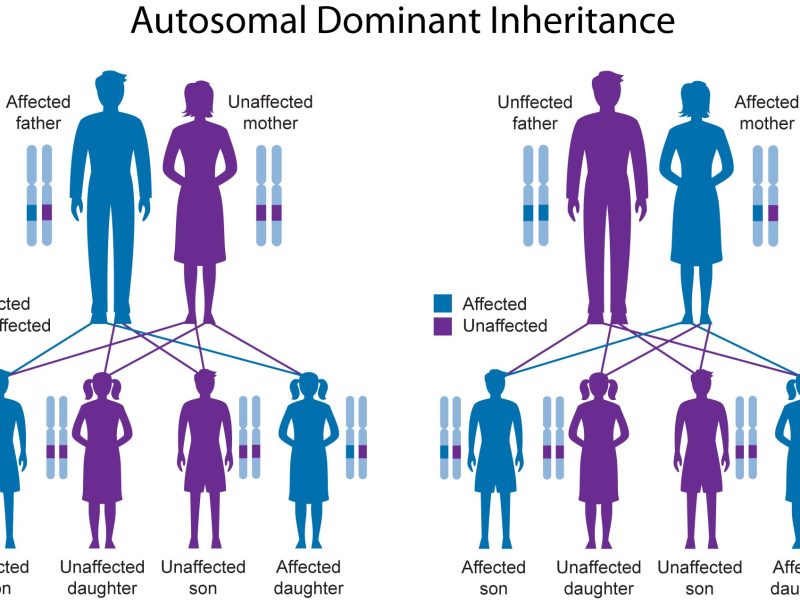Modern methods of contraception – more than the pill and the condom
Safe contraception is an important issue for many people. Depending on the situation, the aim is either to prevent unwanted pregnancies or to protect against sexually transmitted diseases.
And precisely because sexuality and contraception are such individual issues, choosing the right method is significant.
Fortunately, there are many more options available today than there were a few decades ago, when microgynones or Maxim were often prescribed as part of the birth control pill.
Contraceptive shield
Contraceptive shields, also known as hormonal IUDs, are considered a more modern form of the copper IUD.
In this variant, low doses of hormones are delivered to the uterus via the plastic body of the IUD for several years. The mucus plug of the uterus thickens and becomes impermeable to sperm.
Ovulation is not suppressed. The hormonal IUD is considered to be a very safe contraceptive method.
Unlike copper-based IUDs, these cause less irritation, bleeding and pain during menstruation. However, it can cause the same problems as the pill, although less frequently due to the lower dose.
Because women often find insertion painful, they should insist on proper anesthesia, especially if they have not yet had children.
Contraceptive ring
The contraceptive or vaginal ring is also a hormonal contraceptive method. It is prescribed by a doctor but inserted by the woman herself and remains in the vagina for 21 days.
There it releases hormones that prevent ovulation and strengthen the mucus plug. It can be removed briefly during sexual intercourse without losing its effect, but should not be used for longer than three hours.
This method is considered easy to use and relatively safe, but comes with the usual disadvantages and risks associated with hormonal contraception.
Femidom
The “female condom” consists of a silicone tube with a ring at each end. It lines the vagina and is held in place by the two rings.
It is still not used very often due to its not very easy application and lower protection compared to other methods. In turn, the side effects of hormonal contraceptive methods do not occur.
Moreover, just like the condom, it additionally protects against STDs. It is occasionally found to be more comfortable as it can also be used well before intercourse.
Contraceptive computer
The contraceptive computer is based on the physical changes of the woman in the cycle, based on which the fertile days can be determined.
However, while older methods such as determining the spinnability of the cervical mucus or measuring temperature were highly flawed, it is considered relatively safe.
The estrogen content of the morning urine is used to determine fertility. The disadvantage, however, is that additional contraception or abstinence is required on the fertile days.
Sterilization
If it should be final and family planning is completed, sterilization can be the right contraceptive method.
It is advisable to have the procedure done by a man, as it is much less complicated, gentler and less risky.
Since only the vas deferens are cut, erection and orgasm ability remain unaffected, only no more sperm are passed on.
Sterilization is considered to be extremely safe, but it is very difficult or impossible to reverse.


